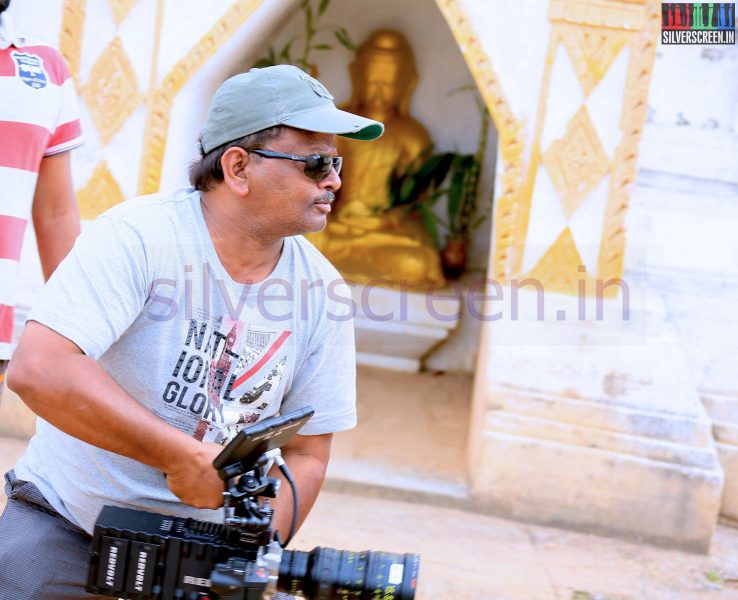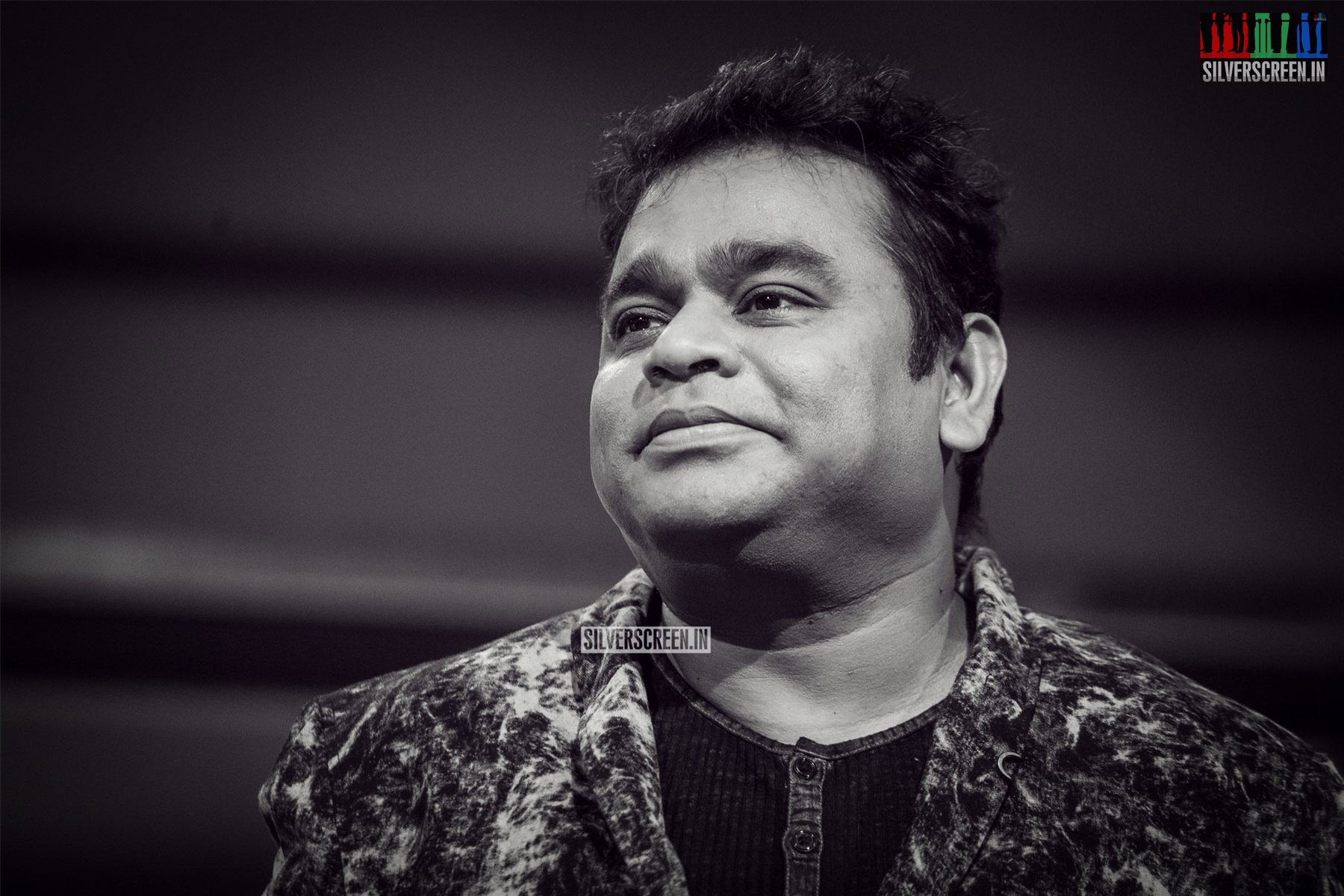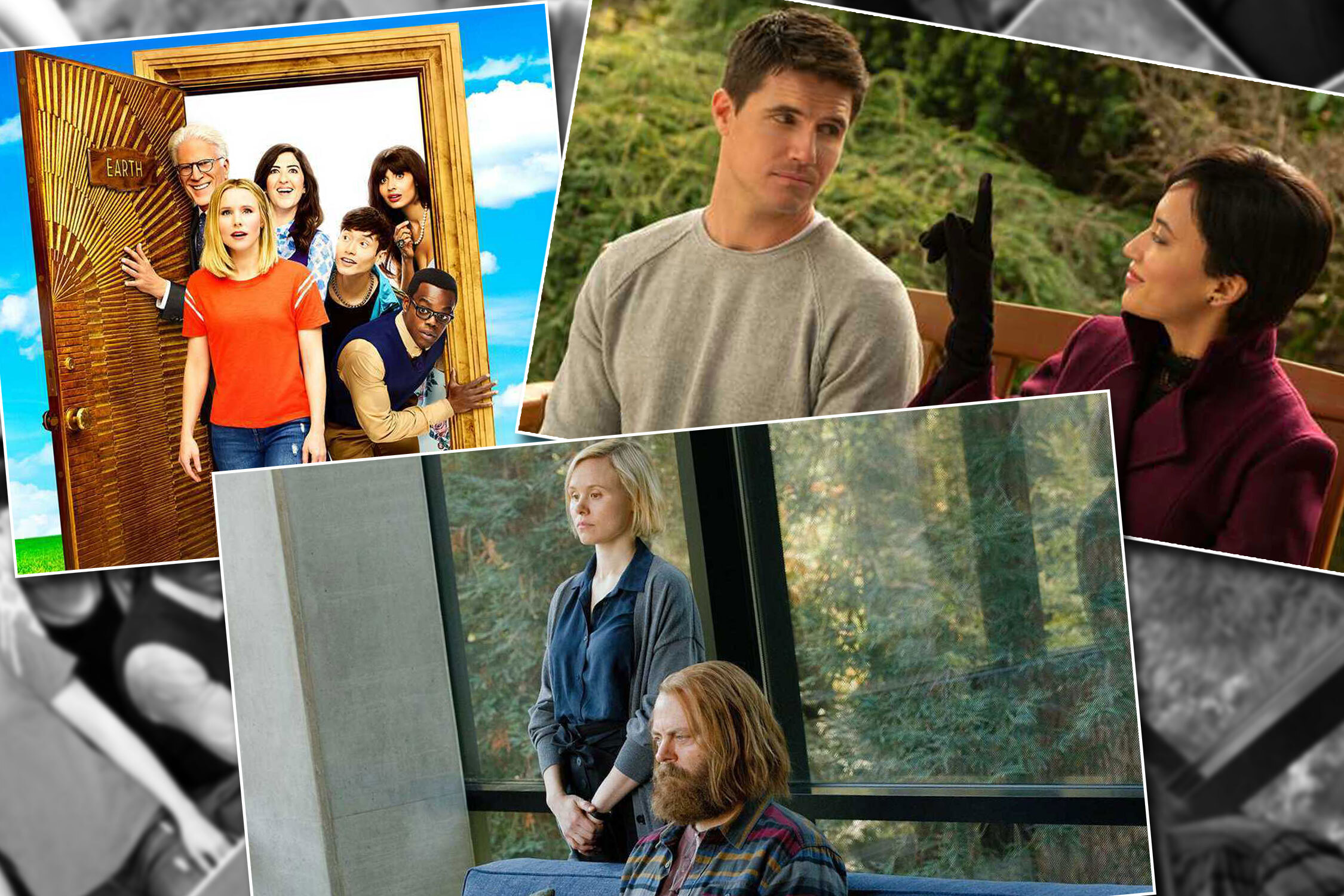KV Anand is quite an unusual director. He finds song sequences exhausting, has an endearing “fixation for facts” and thinks Rajinikanth is extremely down-to-earth: because he carries his own umbrella.
KV Anand also has a tale behind every film. And a lot of finicky detailing as well. Ayan’s theme – smuggling, was based on an incident that occurred in his 20s. He had just bought a pair of expensive lens from Singapore and had a harrowing time waiting for clearance at customs. “It struck a chord with me. I kept wondering how drugs were smuggled,” recalls the director. That served as the trigger. He soon found himself researching it methodically; meeting custom officials, retired smugglers and even infamous drug peddling hubs in Chennai. And, Ayan was born. Starring Suriya as a young man who joins a ring of smugglers, the movie was declared a blockbuster in 2009.
Maattran (starring Suriya as conjoined twins) on the other hand, was sparked on a flight to Spain. He was wielding the camera for Sivaji then, and was travelling with director Shankar. And he remembers being intrigued by a story on the National Geographic Channel about Thai Siamese twins, Chang and Eng. For the whole duration of the flight. So soon after landing in Chennai, he set out to meet heart-surgeons Dr Cherian and his son. To learn all about the abnormality; and also to lend realism to the open-heart surgery scene that happens in the film. It is “this fixation with facts”, he declares, that “saves me the embarrassment of getting laughed at”. [quote align=’left’]”Dhanush is a director’s delight. He’s an actor who doesn’t need punchlines.”[/quote]
But no amount of persuasion would make him divulge the inspiration behind his upcoming Dhanush-starrer Anegan. “…and give away the suspense?” he laughs, “No. perhaps we can discuss this when you have watched the film.” He’s quite willing to discuss at length about his hero, though. Dhanush is a director’s delight, Anand says. He’s a realistic actor who doesn’t need punchlines. “He’s also very secure, so you can mould him in any way.” Anegan also features Karthik Muthuraman, whom the director befriended while assisting PC Sriram for Gopuravaasalile and Amaran. Karthik wasn’t his only choice, though. He was chosen from among a band of actors that included Arvind Swamy and Madhavan. The director is quite picky with villains too; having roped in Mukesh Tiwari and Ashish Vidyarthi for their pan-Indian appeal. But Anegan’s lead actress – Amyra Dastur – Anand declares, will be the “surprise element” in the movie.
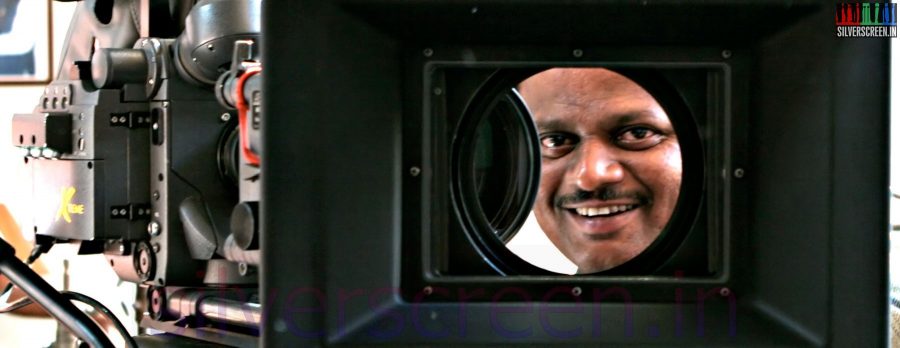
director-k-v-anand-002
Anand loves the “script-writing process”, as he terms it. He has at least five to six drafts, and would never “lock his script”. It is always open to changes, for improvisations on the spot. He would often rephrase dialogues; and sometimes, titles are invented during the drafting process. He would also be on the constant lookout for shorter, crisper titles. He attributes his love for writing to all those reading sessions during his teens; when he would devour thrillers, detective novels and a variety of non-fiction works in Tamil. Janaki Raman and Sujatha are his favourites besides Alex Haley’s Roots.
KV Anand is not too fussed about genres either. “When you invest about Rs 15-20 crores in a film, you don’t bother about genres. You simply call it multi-genre,” observes the director. His whopping budgets are not deliberate, “only because the screenplay demands a broader canvas”. He also finds “song picturisations” exhausting and would rather trade those 30 minutes to do something more productive. [quote align=’left’]”Anthony is my alter-ego. For Maattraan, when I said I wanted to trim the film by 10 minutes, he showed me the door.”[/quote] Till now, Anand declares, his overseas shoots have never taken place for a lone song sequence, but always for the story. Ko was the “easiest movie to make”, he observes, as it was partly biographical. Having been a photo-journalist, it also saved him a lot of research time. But he still visited newspaper offices to get an idea about deadlines. And the bank robbery scene that was featured in the movie is courtesy his personal experience as a photo-journalist in Madurai. “Of course, my wife was more anxious to know whether there were two women in my life like in the film,” he quips.
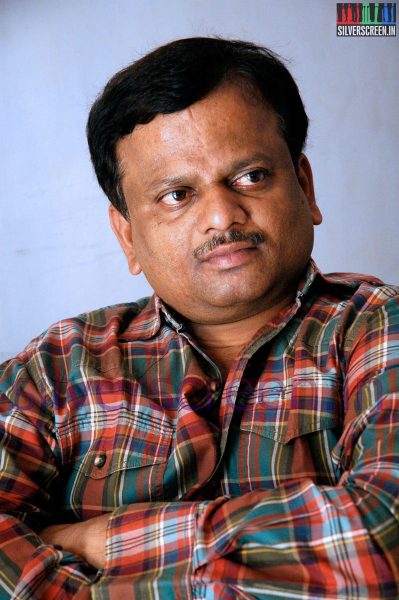
director-k-v-anand-001
Anand also thinks he is a better cameraman than a director; a reason why he sensibly keeps away from cinematography when he directs. “I don’t want to kill it. When the cameraman starts setting up lights, I can use the time to rework my dialogues or make a scene better.” After 14 films as cinematographer, Sivaji being the last, he has bright memories of the period during which he assisted PC Sriram. His tone turns reverential when we talk about his guru. But PC never taught him anything, he says. He just observed him at work; and that was a great learning experience by itself.
[quote align=’left’]”My overseas shoots have never taken place for a lone song sequence; but always for the story.”[/quote] “Between 1992 and 2005, PC groomed more cinematographers than Adyar Film Institute ever did – around 20 to 25. After Thiruda Thiruda, he asked me to start out individually and made sure I didn’t leave empty-handed. He is a big-hearted man.” When Priyadarshan called PC for Thenmavin Kombathu, he was working on May Madham. Santhosh Sivan and Jiva weren’t available as well, so PC recommended his protégé’ for the project.
Thenmavin Kombathu remains Anand’s best experience till date. “For the opening number, the director told me to take 10 bullock carts and 5 cans of Kodak and shoot whatever I wanted. That, for me was a huge boost,” admits the director who won a National Award for his very first film. On reflection, he confides, most of what he is today can be attributed to the trust his guru and his directors had in him. His first Tamil film, Kadhal Desam, was an eye-opener – where he made the switch from 50 lakhs to 4 crores in revenue. He showcased Chennai city in a futuristic mould, at a time when Mc Donald’s and other chains had not set foot in the country. And during Shankar’s Mudhalvan, he tried to learn camera-ramping. The Legend of Bhagat Singh also remains fresh in his memory; as it was “intensely emotional”. He remembers crying during the shoot.
A few performances still linger. Like Amitabh Bachchan’s speech at a police station in Khakhee. “After packing up, I was startled to see Amitji sitting there and repeating his dialogues. Probably he was rehearsing for himself.” Kamal Haasan, he says, had astonished him as an actor and producer. While filming Thevarmagan, a scene required 3000 junior artistes. “It was difficult to manipulate images during those times. [quote align=’right’]”While filming a particular scene for Thevarmagan, PC Sreeram played Raaja’s music over and over again to set the mood. Everyone cried; except Sivaji Ganesan.”[/quote] Director Bharathan was ready to shoot with his tele-lens and just 1500 people, but Kamal brought in the promised number. He didn’t want to make compromises despite knowing the expense.” Anand also has a searing memory of another scene in Thevarmagan – when Sivaji Ganesan lies dying, and Kamal walks in. Raaja’s music is playing in background. “PC played it over and over again to set the mood. Every single person in that room cried. Except Sivaji. It was a magical moment.” As for Rajinikanth, Anand can’t think of another superstar who is very down to earth; someone who carried his own umbrella.
Recommended
Anand takes inspiration from Ansel Adams’ works, and is not too fond of digital photography. “You share your work with a lot of people; there’s colour correction, post production, and other work that goes in after shoot.” He doesn’t think a high-end camera brings about better results either. “It’s all instinctive” he says. [quote align=’left’]“Tamil movies are made with cameras ranging between Rs 1 lakh and Rs 1 crore. But how many people know the difference?”[/quote] “Tamil movies are made with cameras ranging between Rs 1 lakh and Rs 1 crore. But how many people know the difference? Great cinematography should blend with the story. Like the recent Pannaiyarum Padminiyum and Goli Soda.” He is also quite sure that good cinematographers are born, and not made. “Like Ravi Varman who did Ram Leela and Dasavatharam,” he offers, and adds, “a lot of stunning imagery also depends on crafty art directors and costume designers.”
Anand likes to think he has learnt life’s lessons from his directors – who co-incidentally, also happen to be brilliant scriptwriters. “Shankar always made the technicians feel like they owned the film. He was a great leader in that respect. And, Mani Ratnam never compromises on quality.”
But the most saintly piece of advice comes from the director himself. “Being a pessimist is helpful,” he nods sternly at us as we part, “as he is more realistic than an optimist.”
KV Anand’s Anegan is scheduled to release this Deepavali.
The KV Anand interview is a Silverscreen exclusive.
